Search
Did you mean: Dolmen?
Search Results
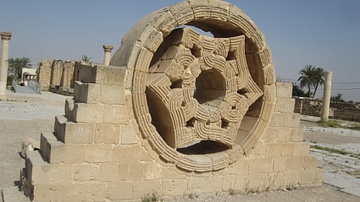
Definition
Hisham's Palace
Hisham's Palace at Khirbat Al Mafjar (the ruins of Mafjar) is an Umayyad structure that is listed among the last of the surviving antiquities of Romans and Byzantines. It was built by Walid Ibn Yazid in 734 CE near Jericho in the Jordan Valley...
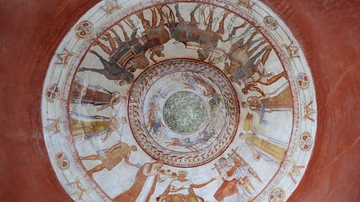
Image
Painted Tomb, Kazanlak
Tomb in the town of Kazanlak, Bulgaria. Painted in dromos and dome camera.
Dromos - scene with battle scenes
Dome camera - a scene with a symposium
Beginning of the 3rd century BCE.
Photographer: Marin Karavelov (used with permission)
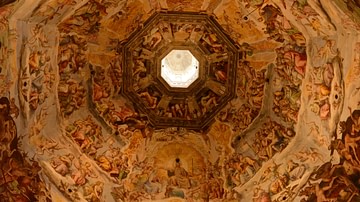
Image
Ceiling of the Florence Cathedral
Ceiling of the Dome of the Florence Cathedral. The dome was designed by Filippo Brunelleschi (1377-1446 CE) and completed in 1436 CE. The Florence Cathedral is a classic example of Renaissance architecture.
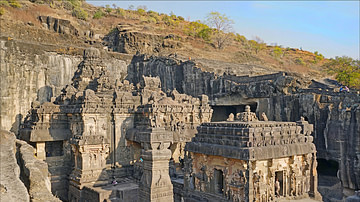
Article
Ellora Caves
Ellora (also known as Elura and, in ancient times, as Elapura) is a sacred site in Maharastra, central India. The Ellora Caves are listed by UNESCO as a World Heritage Site and is celebrated for its Hindu, Buddhist, and Jain temples and monuments...
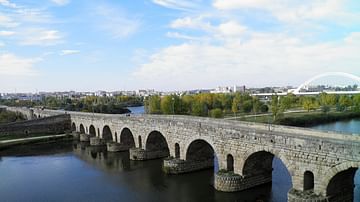
Article
Legacy of the Ancient Romans
The legacy of the ancient Romans – from both the time of the Roman Republic (509-27 BCE) and the time of the Roman Empire (27 BCE - 476 CE) – exerted a significant influence on succeeding cultures and is still felt around the world in the...
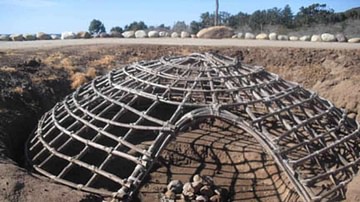
Article
Origin of the Sweat Lodge
The sweat lodge is a temporary or permanent structure integral to Native American culture and frequently used in spiritual ceremonies. The lodge is often a low, dome-shaped, structure heated by hot rocks which produce steam as water is poured...

Article
Ten Ancient Rome Facts You Need to Know
Ancient Roman culture affected vast numbers of people across the known world of its time, beginning with the rise of the Roman Republic (509-27 BCE) and throughout the duration of the Roman Empire (27 BCE - c. 476 CE in the West and 1453...

Article
The Capture of Jerusalem, 1099 CE
The capture of Jerusalem from Muslim control was the primary goal of the First Crusade (1095-1102 CE), a combined military campaign organised by western rulers, the Pope, and the Byzantine Empire. After a brief siege, the city was captured...
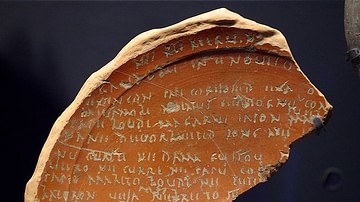
Article
A Linguistical Analysis of Ancient Celtic Languages
The Celtic languages form a branch of the Indo-European (IE) language family. They derive from Proto-Celtic and are divided into Continental Celtic languages (Lepontic, Gaulish, Galatian, Noric, Celtiberian, Gallaecian) and Insular Celtic...
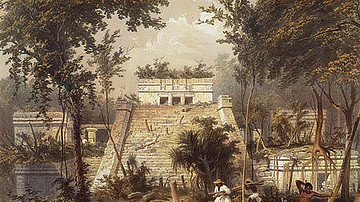
Article
Early Explorers of the Maya Civilization: John Lloyd Stephens and Frederick Catherwood
The names of John Lloyd Stephens and Frederick Catherwood are forever linked to the Maya and Mayan studies as the two great explorers who documented the ruins from Copan in the south to Chichen Itza in the north. The stories told by Stephens...